Calculating the cost of manufacturing a glass bottle involves analyzing various components such as raw material prices, mold investments, labor costs, quality control systems, and logistics. By employing strategies like dynamic pricing for materials and co-production opportunities to share mold costs with other brands, manufacturers can significantly reduce expenses. Advanced quality control measures help minimize defects and waste over time, leading to long-term savings. Additionally, leveraging AI-driven logistics can optimize shipping routes and reduce transportation costs. Understanding these elements is crucial for maintaining competitiveness in the ever-changing market of glass bottle production.
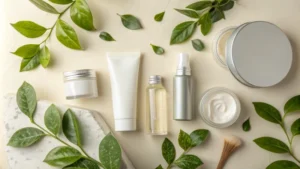

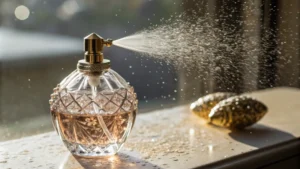
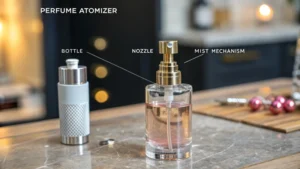
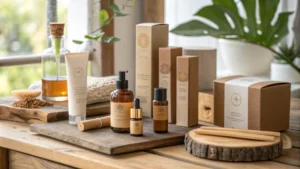
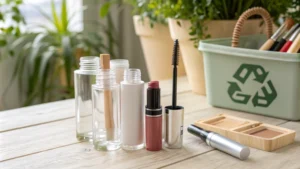
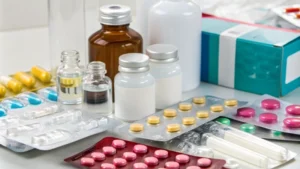
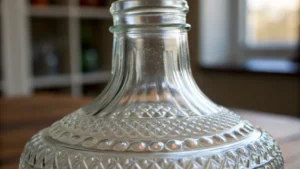
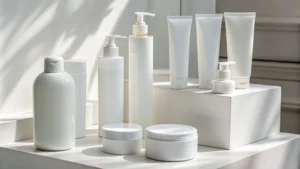
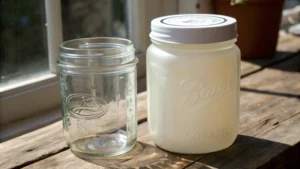
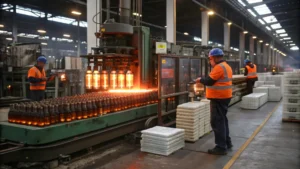

 Online | Privacy policy
Online | Privacy policy